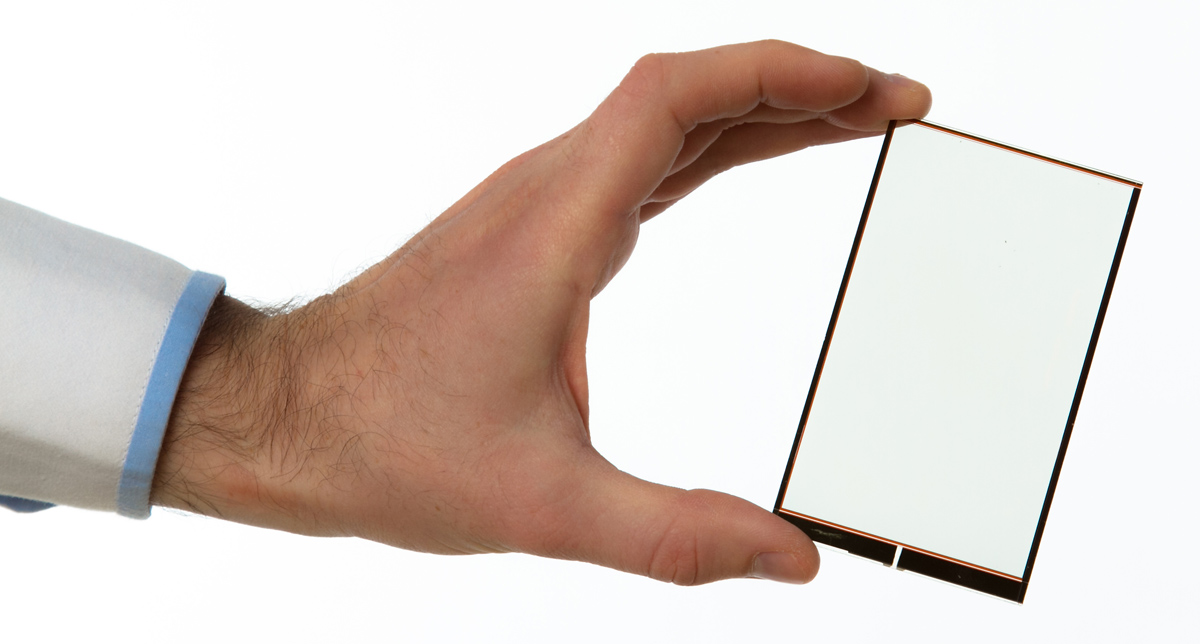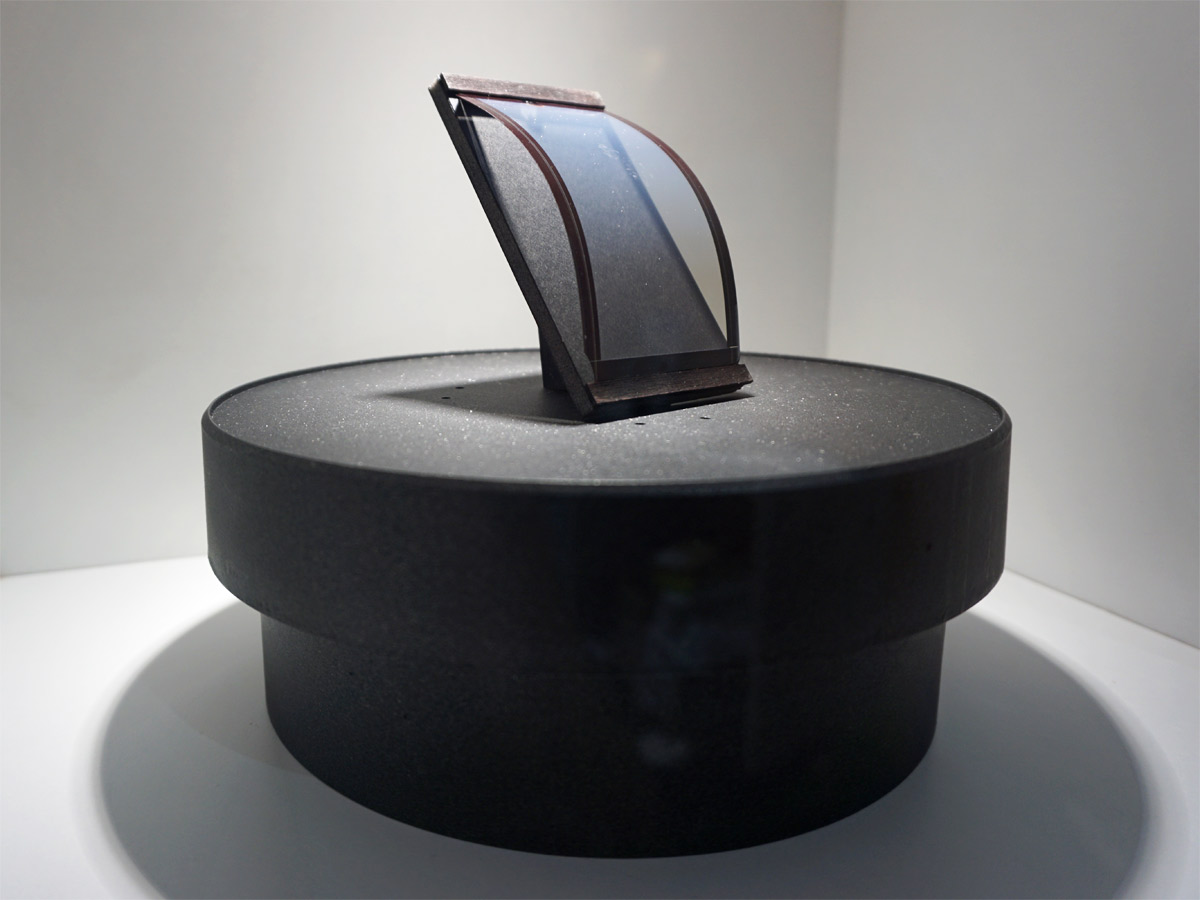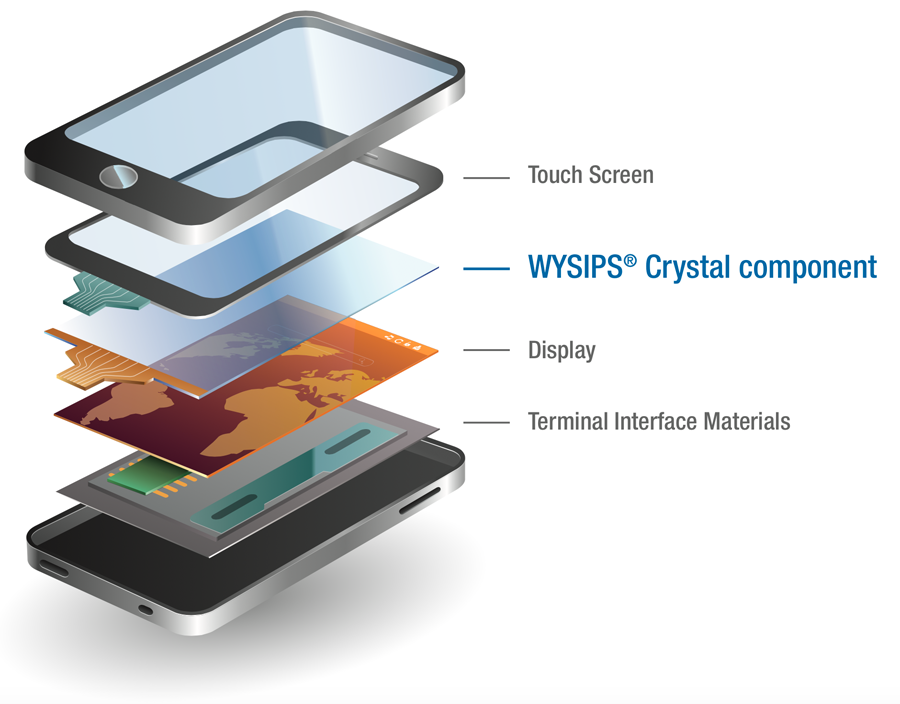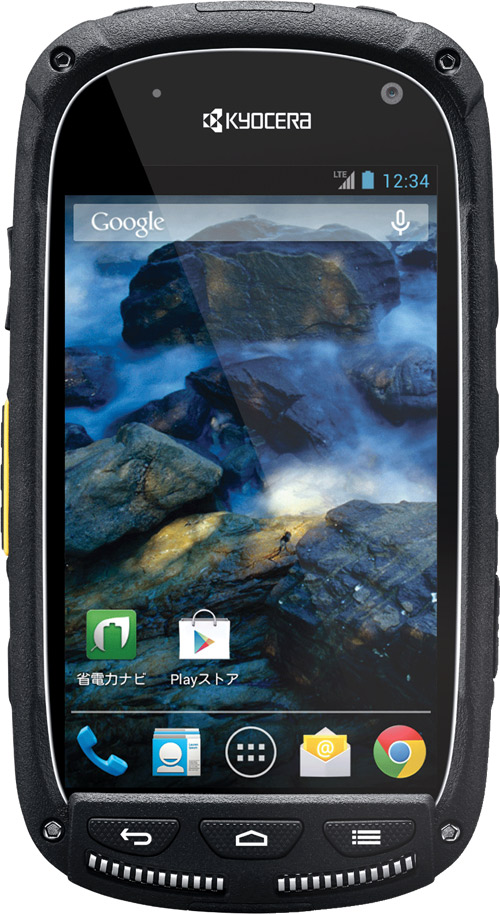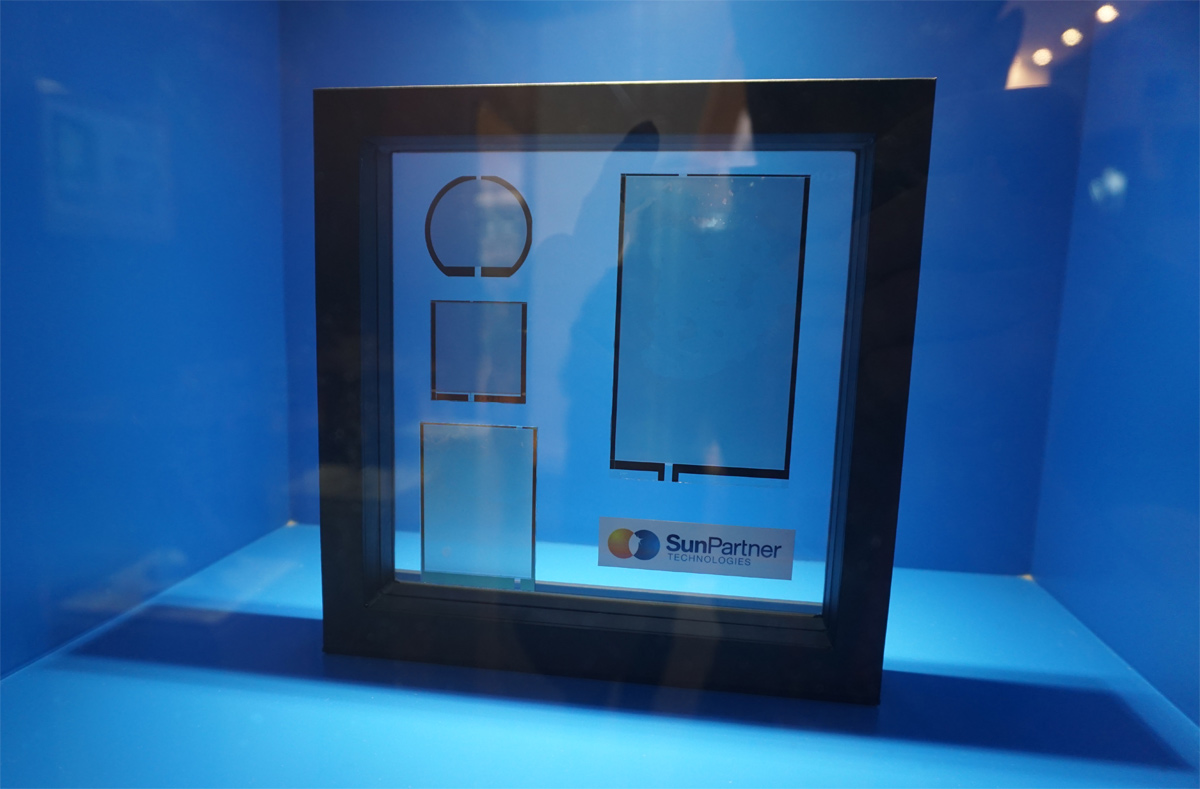Transparent 'Wysips' Film Enables Displays To Charge Batteries And Transfer Data
Sunpartner Technologies, a French company founded in 2008, has created a transparent photovoltaic film it calls Wysips. There are actually four different product lines targeting different market segments: Wysips Crystal for integration with displays used in products such as smartphones, smartwatches, tablets and e-readers; Wysips Glass for use with windows where higher power generation and potentially less transparency is required; Wysips Cameleon for signs and billboards; and Wysips Graphics for mobile accessories such as phone cases, tablet covers, eyeglass frames and watchbands.
The basic Wysips technology is based on the principle of lenticular images, which use a special lens array to display one of several layered images depending on viewing angle. Rather than creating a 3D or animated scene by shifting one's point of view however, Wysips uses this optical effect to hide the photovoltaic cells from the viewer.
Although Wysips can work with any type of photovoltaic cell, such as organic or Gallium Arsenide (GaAs), the company is currently using thin film amorphous silicon cells, which have an efficiency of 8-10 percent. For Wysips Crystal, the resulting photovoltaic and micro-lens array is 82-90 percent transparent (a regular touchscreen is around 92 percent transparent) and can generate 2.5mW per cm2 with 90 percent transparency and 1 SUN illumination (STC), although the company is aiming to increase this figure to 4mW by the end of the year.
At current levels, the 5.5-inch screen in the iPhone 6 Plus, for example, could generate 207mW of power, which can extend battery life by a small amount (around 15 percent over an 8-hour period) but not replace traditional charging methods, as it would take roughly two days to fully charge the battery.
Wysips Crystal is sandwiched between the display and the touchscreen, so it does not affect touch sensitivity. The current sheet is 0.5 mm thick and has been incorporated into a prototype version of the Kyocera Torque (the original model available in the U.S. and Japan), a ruggedized smartphone intended for outdoor activities. There is also a 0.1 mm flexible version under development that should appear in products in 18 to 24 months.
In addition to providing power, the Wysips Connect version is capable of receiving data via Li-Fi, a standard similar to Wi-Fi that transmits data using light instead of radio waves. With Li-Fi, compatible LED lights switch on and off within nanoseconds, much faster than the human eye can detect, effectively creating a digital signal that won't interfere with sensitive electronics, which is important for places such as hospitals and aircraft. Li-Fi can also be used within buildings to augment or offload busy Wi-Fi networks.
The photovoltaic cells in Wysips Connect act as passive receivers, gathering both data and energy from the incident light. Sunpartner Technologies showed a working demo of this capability at MWC 2015, simultaneously streaming a video and charging the battery of a prototype smartphone from an overhead LED bulb.
Get Tom's Hardware's best news and in-depth reviews, straight to your inbox.
With proper lighting conditions, data rates of 1-3 Mb/s are possible; however, the company is launching a 12-month development program with CEA-Leti, a French public research institute, and partnering with Alcatel Onetouch to increase its data transfer speed. Future versions may also act as a UV light sensor, warning you to apply sunscreen, or use IR light to determine air quality.
Of course, there are other companies pursuing transparent solar cell technology, too. A joint research project between MIT and Michigan State University has created a transparent luminescent solar concentrator (TLSC) that uses organic salts to absorb non-visible wavelengths of UV or IR light, which then luminesce and emit photons in a different non-visible wavelength.
These emitted photons are guided to the edge of the panel, where strips of conventional photovoltaic cells convert them to electricity. This TLSC method matches or even exceeds the level of transparency of Wysips but falls short on efficiency, only achieving a value around 1 percent.
Transparent solar technologies such as Wysips clearly have a lot of potential for mobile applications. It won't free us from wall outlets, but it can help extend battery life, receive data, and sense environmental conditions right through your screen.
Matt Humrick is the Mobile Editor at Tom's Hardware. Contact him at mhumrick@tomshardware.com and follow him on Twitter @digitalOut_net. Follow us @tomshardware, on Facebook and on Google+.
-
bit_user I wonder if these would be a better fit for e-Ink based readers. Cellphones and tablets are too power hungry, but I think e-ink readers might not need a charge if they used this tech. Imagine being able to take one on a backpacking trip or sailing and never having to worry about charging it.Reply
-
jasonelmore e-ink displays typically dont have a glossy surface. They use this film that absorbs most of the light, so i don't think it would work as well. If it did work, they would have tried it or used it as a example.Reply -
MobileEditor Sunpartner Technologies does list e-ink displays as one application for Wysips Crystal. Since e-readers don't use nearly as much power as phones or tablets, this technology would indeed have a greater impact on battery life.Reply
- Matt -
epobirs An e-reader that never or very rarely needs charging would be a great feature.Reply
Extending cell phone life is very worthwhile, and having the capability to charge at all if the user is stranded is potentially life saving. This is one reason I keep a flashlight/radio/charger driven by a hand crank generator in my car. It would feel really stupid in this day and age to be stuck in a secluded location and discover your phone is dead with no means of charging it. You might still be without signal but at least you'll have taken decent precaution.
